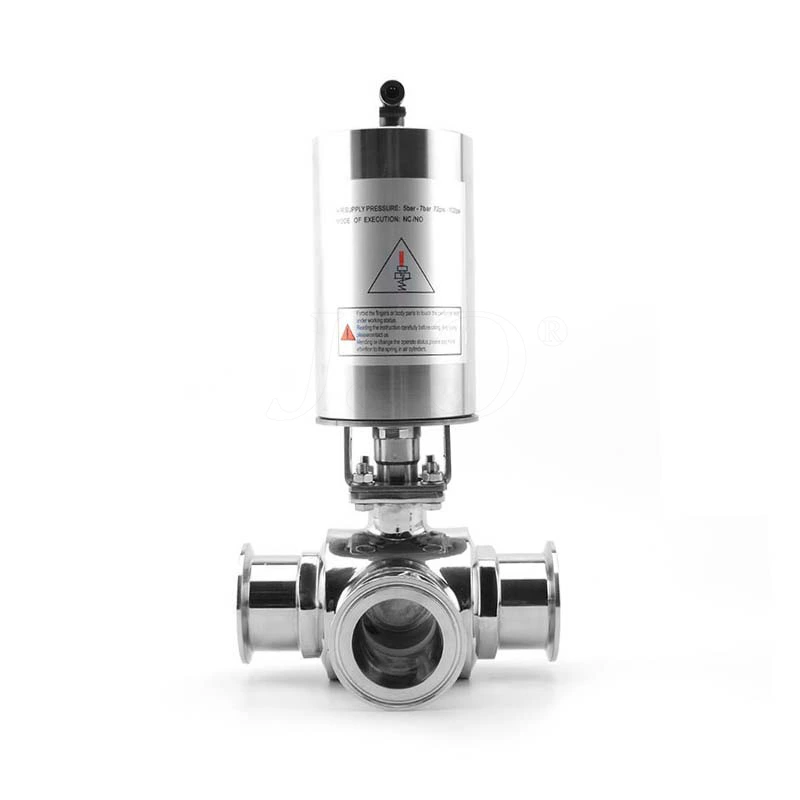Sanitary Valve Introduction
Introduction
Sanitary Valve are specialized valves used to control the flow of fluids in sanitary engineering and food manufacturing. They meet stringent hygiene requirements, ensuring that fluids remain contaminated during flow and are easy to clean and maintain. This article will introduce the characteristics, applications, and common types of sanitary valves.
Features
Sanitary valves have the following features:
1. Hygienic Standards: Sanitary valves comply with relevant sanitary standards for sanitary engineering and food manufacturing, such as FDA and 3A.
2. Contamination-Resistant Design: Sanitary valves feature a zero-dead-spot design to prevent contaminants from accumulating and breeding bacteria.
3. Easy Cleaning: The smooth interior surface of sanitary valves makes them easy to clean, reducing cleaning time and labor costs.
4. High Sealing: Sanitary valves offer excellent sealing properties, ensuring fluids do not leak.
5. Corrosion Resistance: Sanitary valve materials offer excellent corrosion resistance, making them suitable for use with corrosive media.
Applications
Sanitary valves are widely used in the following areas:
6. Food and Beverage Industry: Sanitary valves are used in food processing, liquid transfer, filling, and other processes to ensure product hygiene and quality. 7. Pharmaceutical Industry: Sanitary valves are used in pharmaceutical production to control the flow of drugs and ensure product purity and efficacy.
8. Bioengineering: Sanitary valves are used in bioreactors, cell culture, and fermentation processes to ensure the quality of biological products.
9. Medical Devices: Sanitary valves are used in medical devices such as infusion equipment and blood processing equipment to ensure the sanitation of medical processes.
10. Brewing Industry: Sanitary valves are used to control fluid flow in the brewing process to ensure the quality of brewed products.
Common Types
Depending on the application requirements, sanitary valves can be divided into the following types:
11. Globe Valve: Used to control the on/off of fluids and offers excellent sealing performance.
12. Diaphragm Valve: Uses a diaphragm as the valve core and features fast response and no contamination.
13. Regulating Valve: Used to precisely control the flow and pressure of fluids and can be adjusted as needed.
14. Safety Valve: Used to protect the system by automatically releasing pressure when the pressure exceeds a specified limit.
15. Plug Valve: Uses a rotating valve core to control the flow of fluids and offers the ability to open and close quickly. Conclusion
Sanitary valves play a vital role in sanitary engineering and food manufacturing, ensuring the hygienic flow and quality of fluids. They feature hygienic standards, contamination-resistant design, easy cleaning, high sealing, and corrosion resistance. Depending on the application requirements, sanitary valves are categorized into globe valves, diaphragm valves, regulating valves, safety valves, and plug valves. Using sanitary valves can improve production efficiency, ensure product quality, and meet hygiene requirements.
